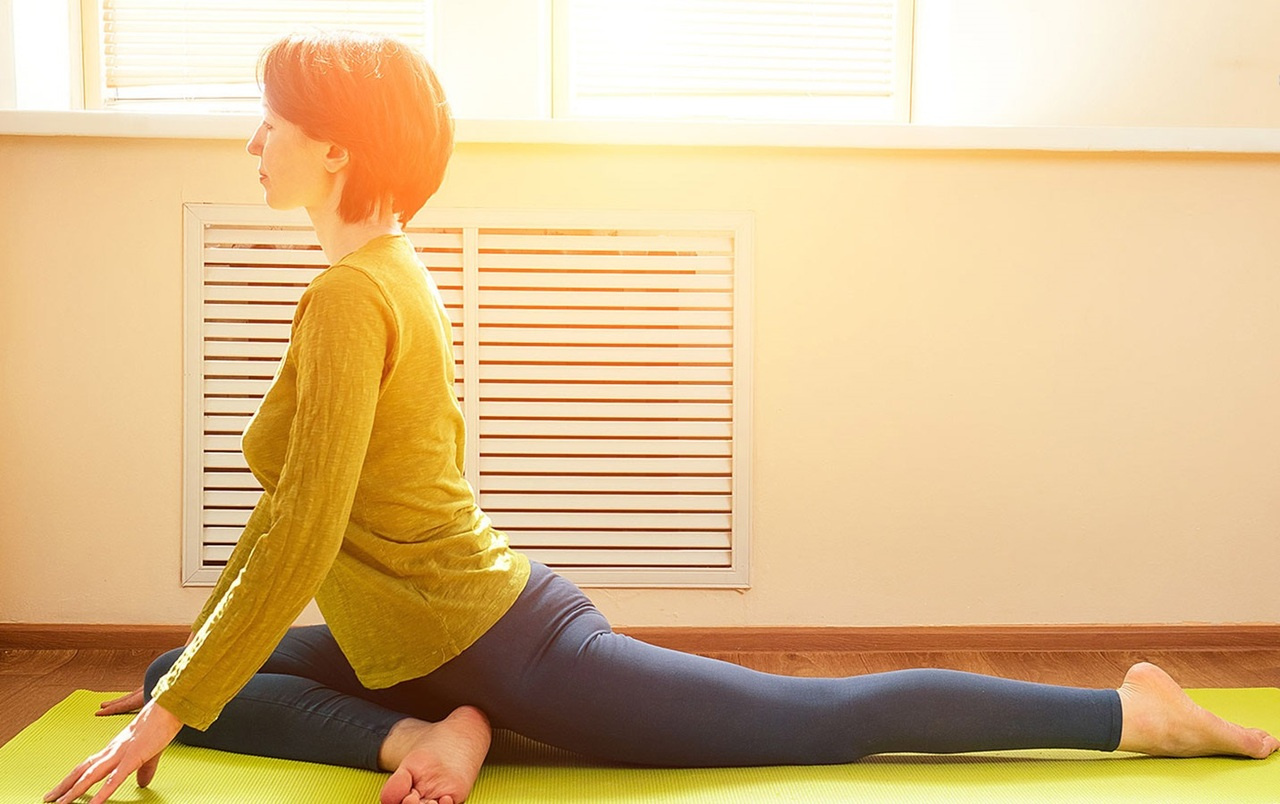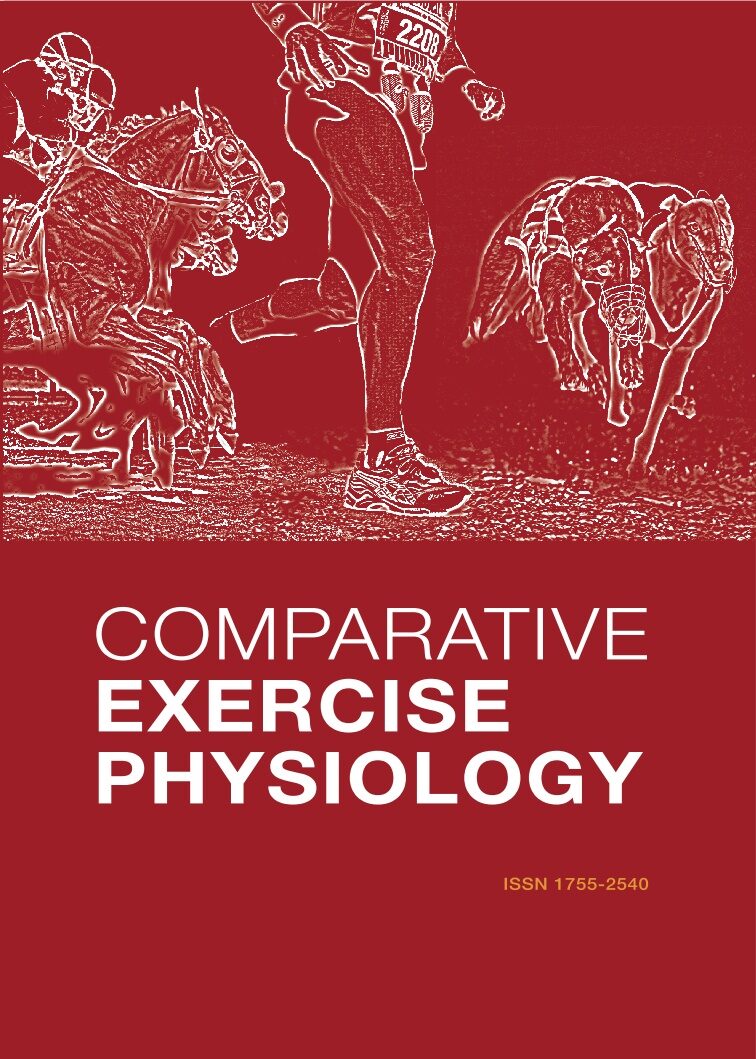How Exercise Can Help Manage Premenstrual Syndrome (PMS)
Published in Healthcare & Nursing, Social Sciences, and Behavioural Sciences & Psychology

Premenstrual syndrome (PMS) is something many women and girls face each month. While it might be a normal part of life, it can also bring a wide range of symptoms — from mood swings and fatigue to pain, anxiety, and sleep disturbances — that seriously affect daily life. For years, medical treatment and lifestyle changes have been used to manage these symptoms, but one approach has consistently shown promise without the side effects of medication: exercise.
That’s where our research began. As researchers with an interest in women’s health and non-pharmacological interventions, we asked a simple but important question: What types of physical activity are most effective in reducing PMS symptoms? To answer this, we decided to conduct a comprehensive review of existing studies to evaluate the effectiveness of various types of sport and exercise in easing PMS.
We followed the PRISMA (Preferred Reporting Items for Systematic Reviews and Meta-Analyses) guidelines to ensure the rigor of our search and methodology. Between 2010 and March 2024, we searched several scientific databases — including PubMed, Scopus, Embase, Web of Science, and Google Scholar — for randomized controlled trials (RCTs) that examined how different forms of physical activity influence PMS symptoms. After screening over a thousand articles, we selected 20 high-quality RCTs that met our criteria.
The studies we reviewed were diverse in both design and approach. Some looked at aerobic exercises, while others focused on yoga, stretching, pelvic rocking, swimming, or high-intensity interval training (HIIT). Despite the differences, a common message emerged: physical activity — in its many forms — can significantly reduce PMS symptoms.
The benefits reported in these studies were both physical and psychological. Participants experienced improvements in:
-
Mood and emotional balance
-
Pain levels and body aches
-
PMS-related anxiety and depressive symptoms
-
Quality of sleep
-
Weight control, heart rate, and blood pressure
-
Overall scores in PMS-specific questionnaires (like the PMSQ and Visual Analogue Scale)
One of the most promising findings was that aerobic exercise and yoga consistently showed positive effects on both the physical and emotional aspects of PMS. These forms of movement are not only accessible but also sustainable for most individuals.
Of course, as with all research, there are limitations. The interventions varied in intensity and duration, and some studies had small sample sizes. Still, the overall trend was clear: exercise is a valuable tool in the management of PMS, and it deserves a more prominent role in both clinical practice and public health guidance.
This review was both a rewarding and eye-opening experience for our team. It emphasized not only the power of physical activity but also the importance of evidence-based lifestyle recommendations for women’s health. Our hope is that more researchers will explore this area and that healthcare professionals will increasingly consider sport and movement as essential components of PMS care.





Please sign in or register for FREE
If you are a registered user on Research Communities by Springer Nature, please sign in